High-precision, high-quality low-sale silicone molding parts production within days
ISO9001:2015 & IATF 16949: 2016 & ISO13485:2016 IEC27001:2013
TS Prototypes is committed to providing assured quality and service
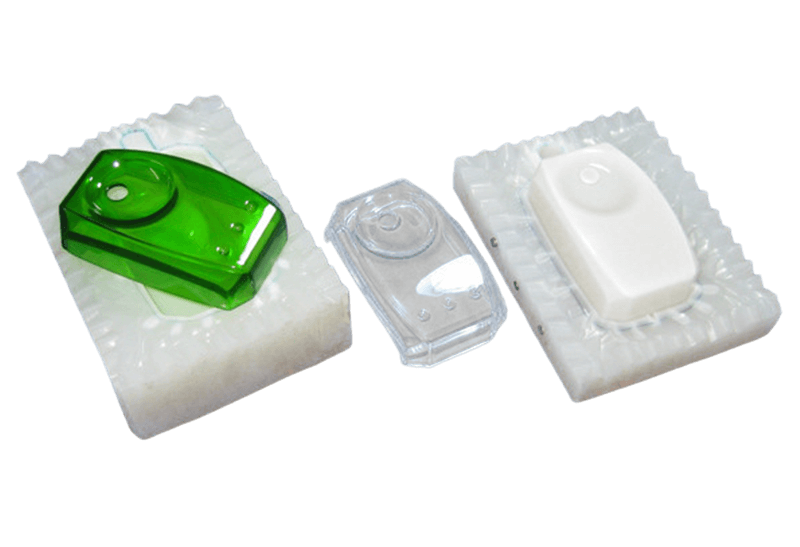
Vacuum casting technology is an advanced manufacturing process that can produce high-precision, high-quality parts and products. Vacuum casting technology is a process in which thermoplastic materials are heated and softened to form the desired shape on the surface of the mold county by vacuum adsorption.
Vacuum casting also named Silicon Molding, is a great method to recreate quickly for low-volume production. Firstly we make a master by CNC machining or 3D printing, then pouring a silicon mold to create reproductions copies. It’s a fast and economical way for the small bathes. Generally, a mold can reproduce 10-30 pieces copies.


Silicon
Rubber
PU(PU8400,PU8150, PU8260 etc.)
PX Series (PX100, PX210, PX521 etc.)
Caked porcelain
1. Suitable for low volume production
2. Kinds of materials
3. matching different colours
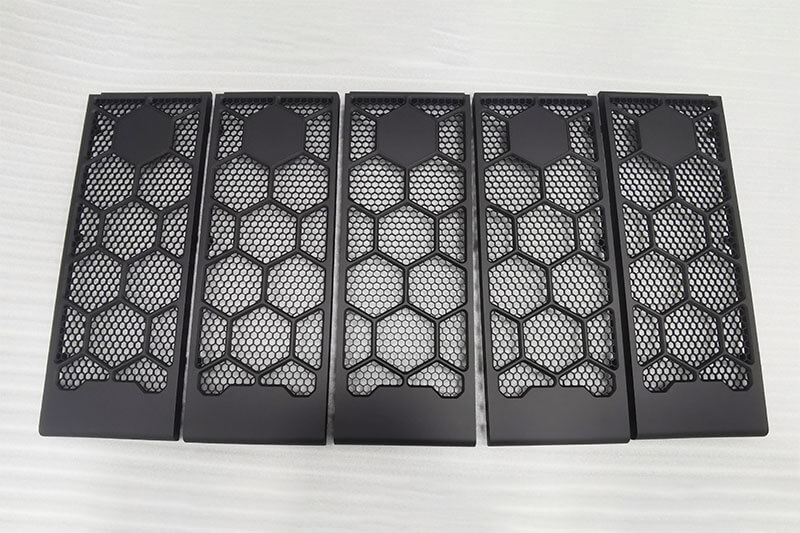
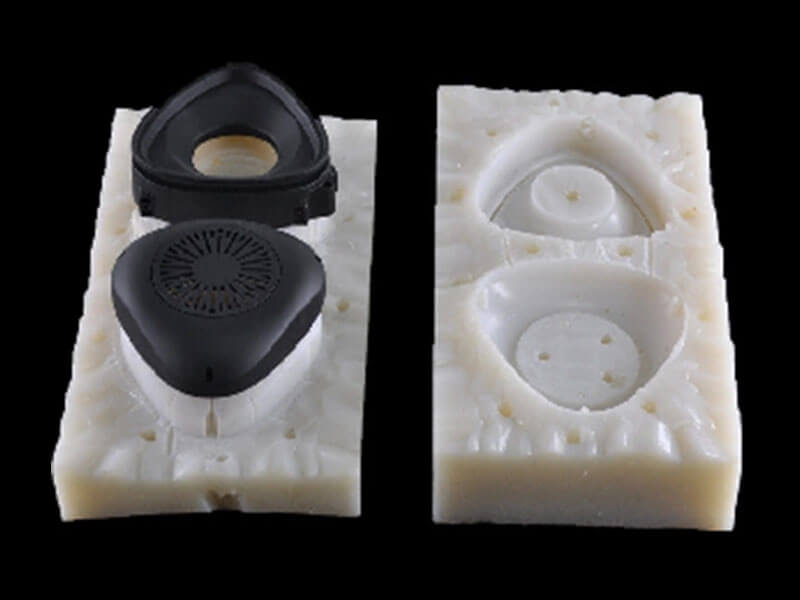


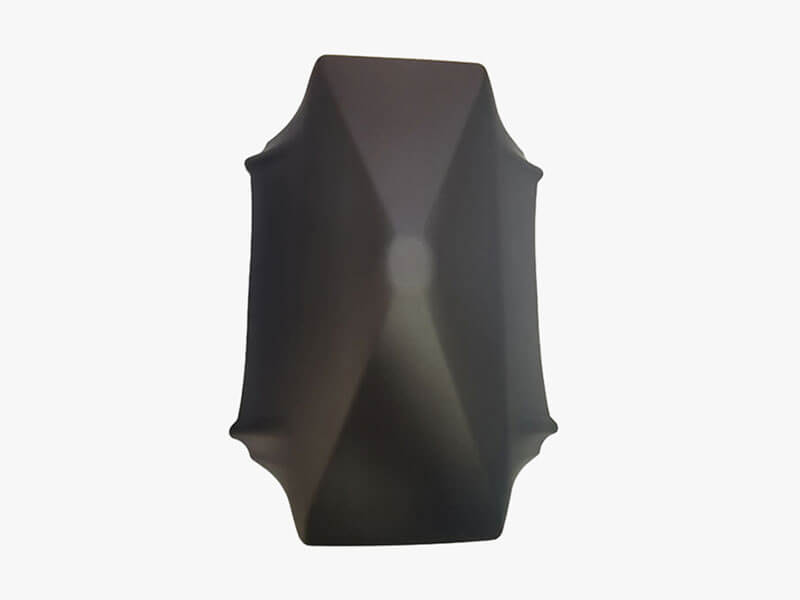
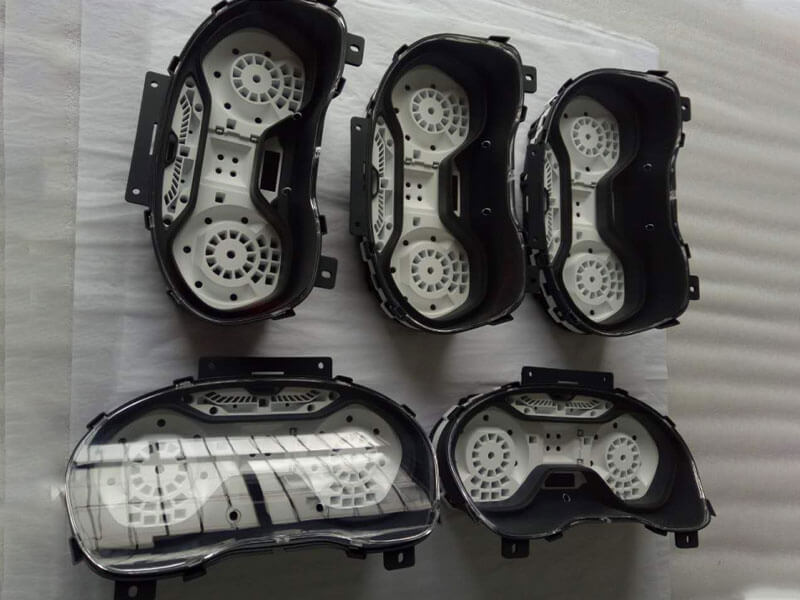

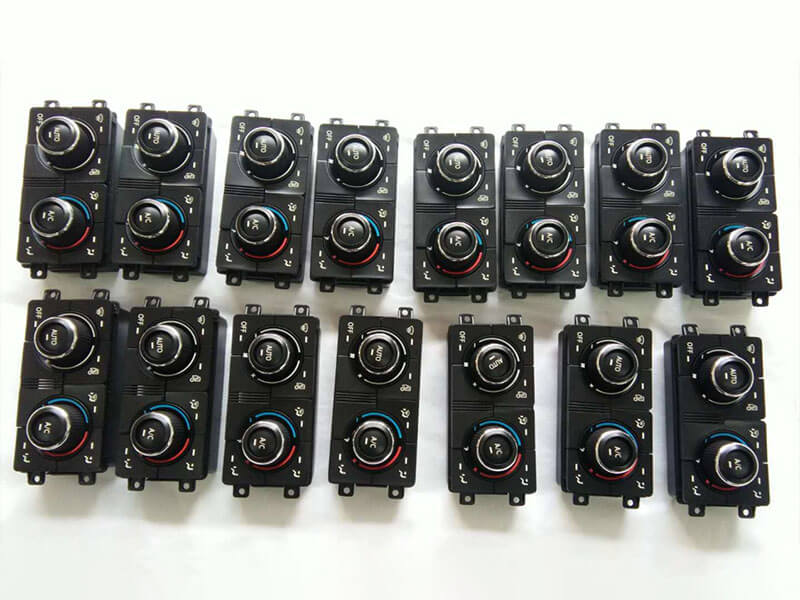
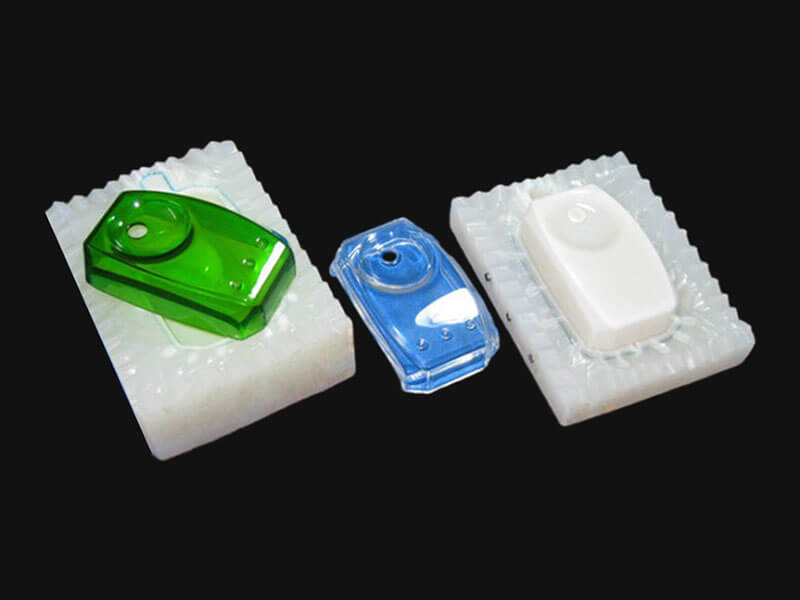
The technology is mainly used in aerospace, automotive, electronics, medical.
How to Make Bubble Free Silicone Molds
The biggest challenge for silicone mold makers is not air bubbles in the silicone rubber, but air bubbles that form on the surface of the mold, rendering the mold unusable. There are many ways to ensure an air-free silicone mold.
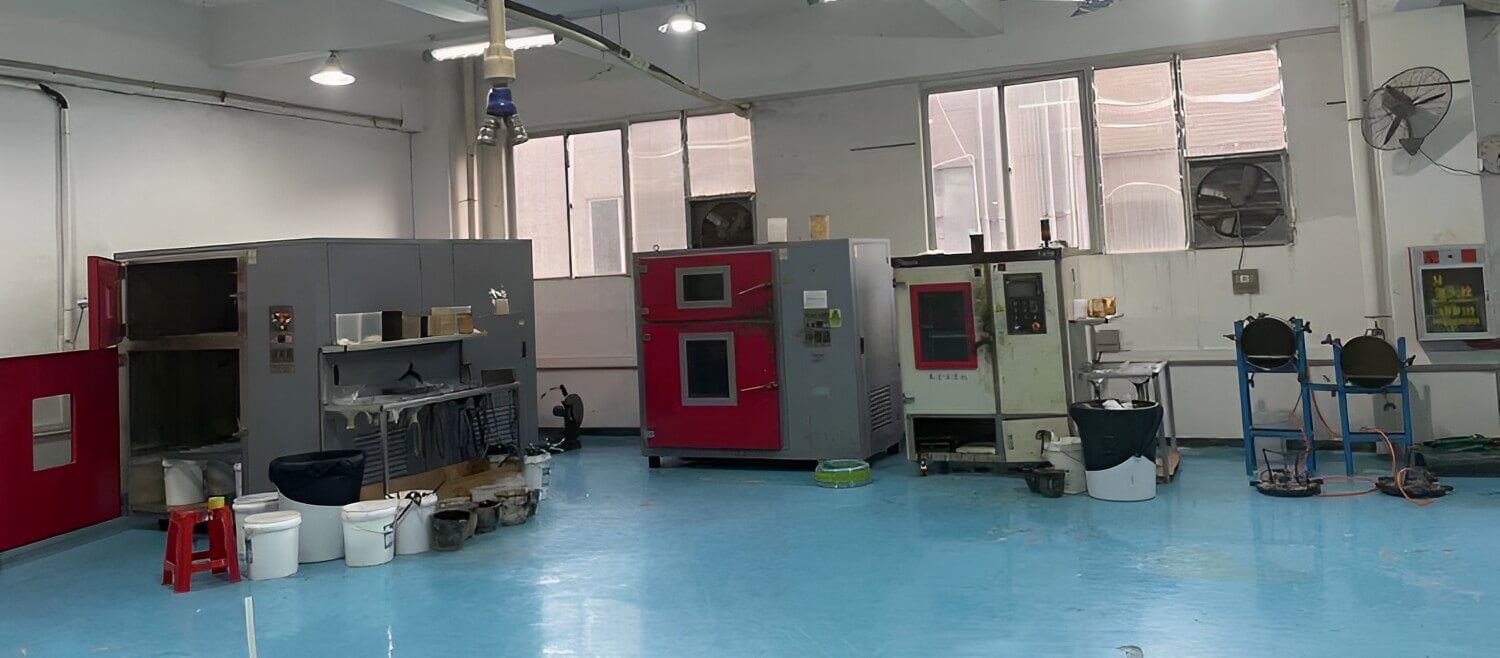
The surface where the silicone mold and casting material meet is critical. Therefore, special care needs to be taken to ensure that air bubbles do not form when pouring silicone rubber into molds and models. It is wise to pour a small amount of rubber into the mold box with a dip to ensure the rubber flows over the entire surface. In doing so, they wet the surface of the model with a thin layer of rubber and remove air bubbles with a paintbrush.
An air compressor is an excellent way to pop air bubbles. After pouring the first round of rubber into the mold box, use an air compressor to blow the material onto the model to wet the surface, the first layer of film should be free of air bubbles.
Bubbles are created due to air being trapped during mixing. Stirring the mixture slowly and steadily will help, but there will still be air trapped in the mixture. However, they will be removed with the help of a vacuum chamber.
The technology works by forcing air into a pressure vessel by molding a rubber compound, and the air pressure presses against the material, forcing air bubbles out. The process is easy, get a pressure vessel that fits the mold box, check that the setting time for the rubber mold is set, and know how long it will take.
Pour the mixture into the mold box inside the model, seal the pressure vessel and set it to 60-100psi. This technique works well in rubber moldmaking if the moldmaking material is allowed to settle while the container is under pressure.
These two methods can get the perfect model or design for your vacuum casting. One method considered is CNC technology. This provides the highest precision parts with tight tolerances of +/- 0.05mm. However, unlike an SLA, the processing time is longer. Another way to get master mode is the SLA. Especially on complex designs or patterns it is much faster and can also easily be combined with all internal 3D CAD import functions.
Vacuum casting saves time for post-processing by offering a range of colors on different prototypes to meet customer color requirements. For example, it can alter silicone to produce parts with colors like red, yellow and blue.
However, it is to be noted that colored castings may not be the same as international Pantone and RAL colors if the customer requires a specific colour. The best way is to spray the finished product by hand.